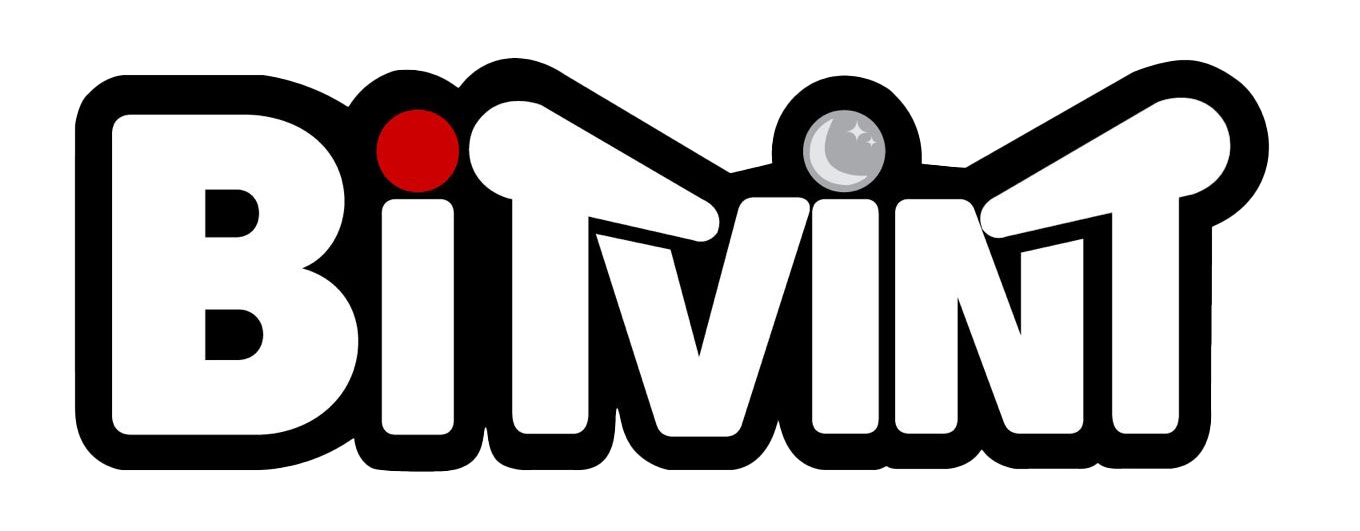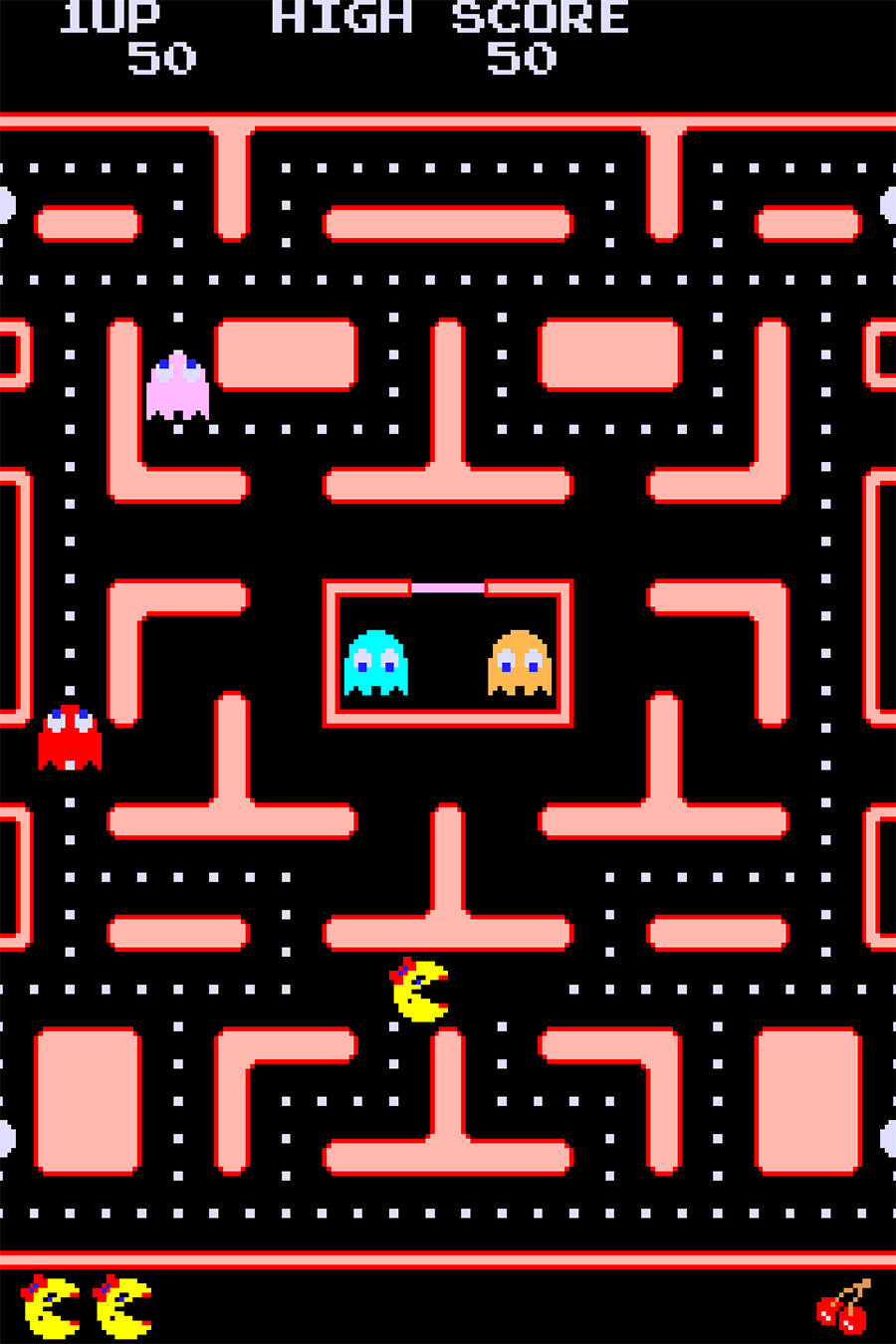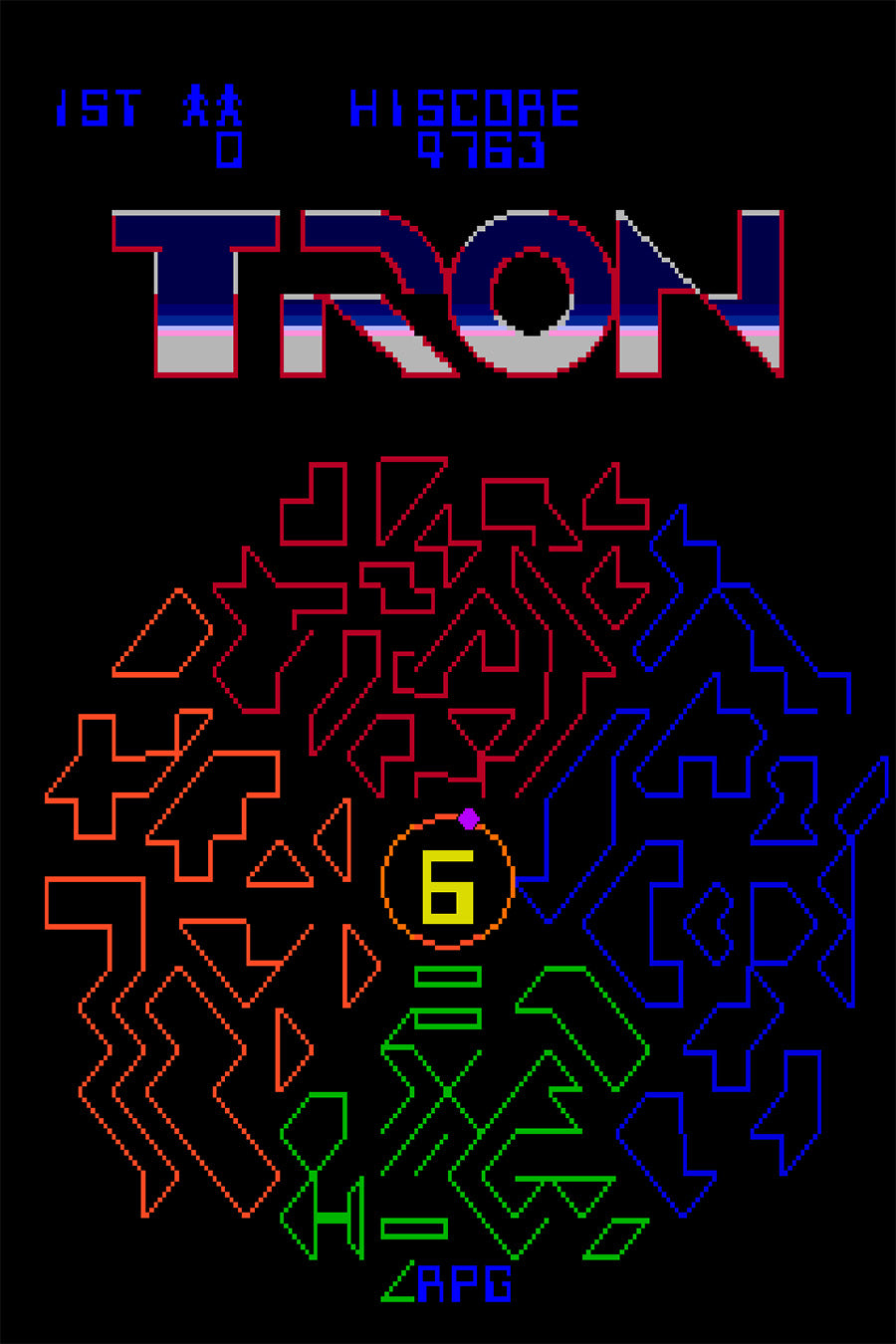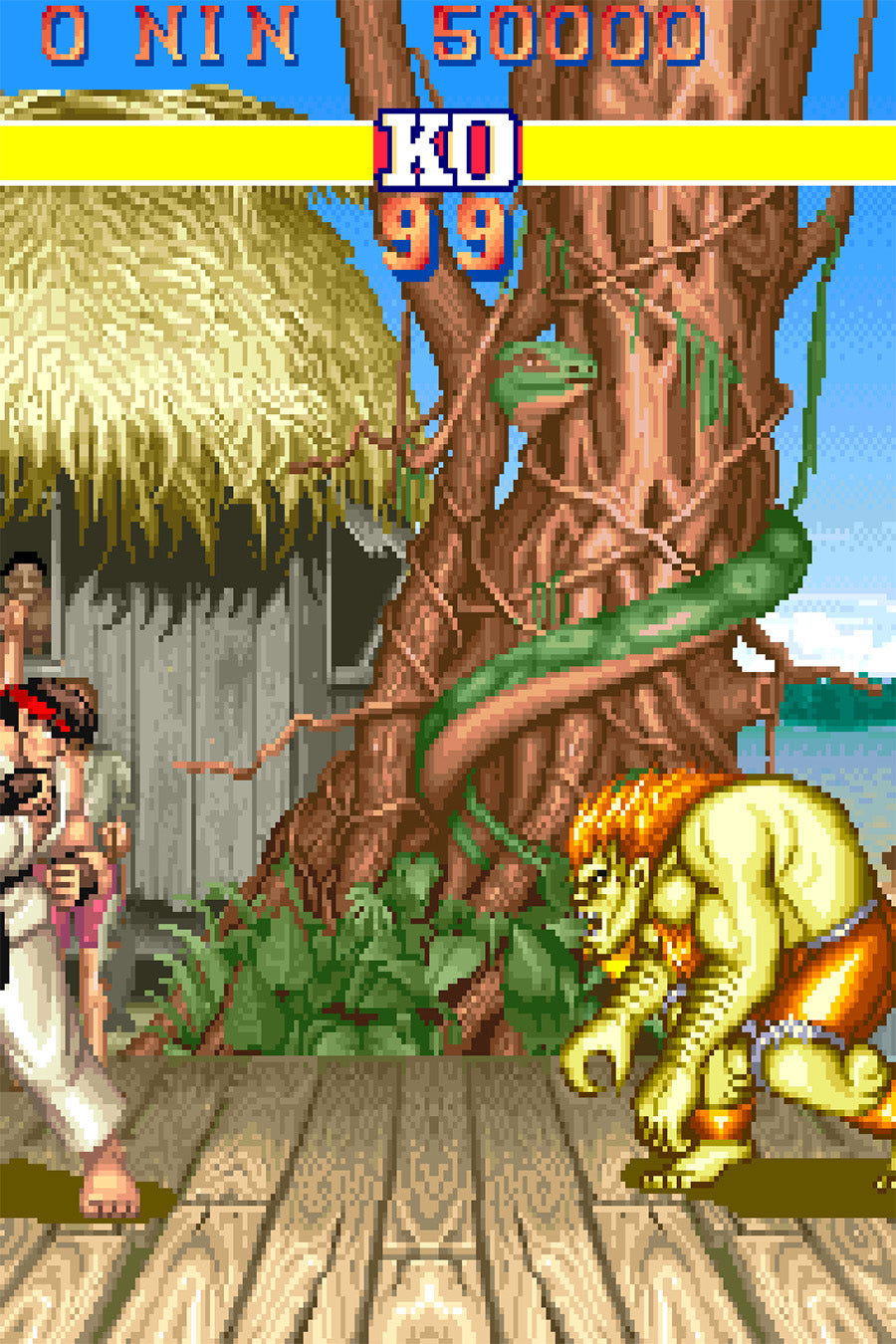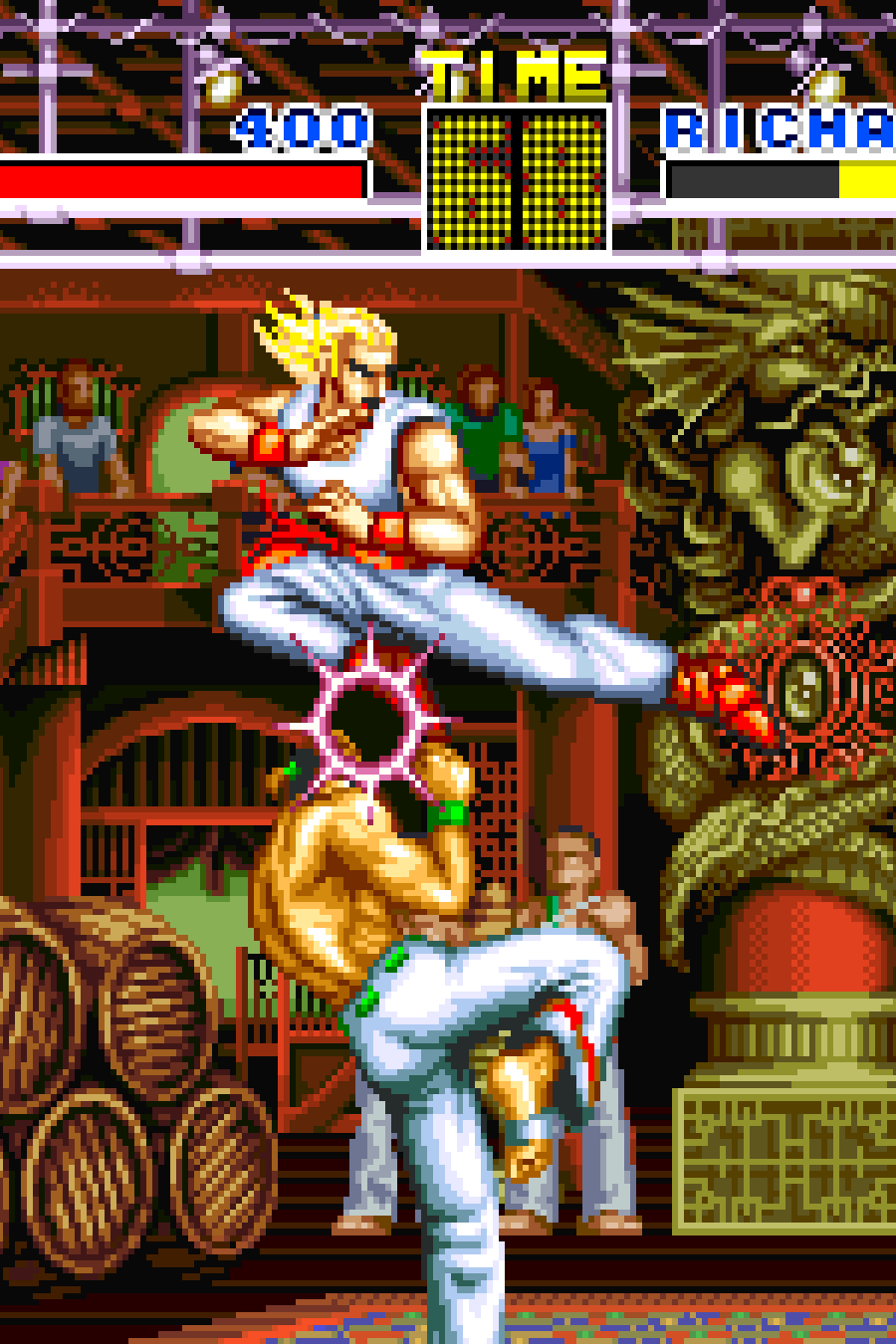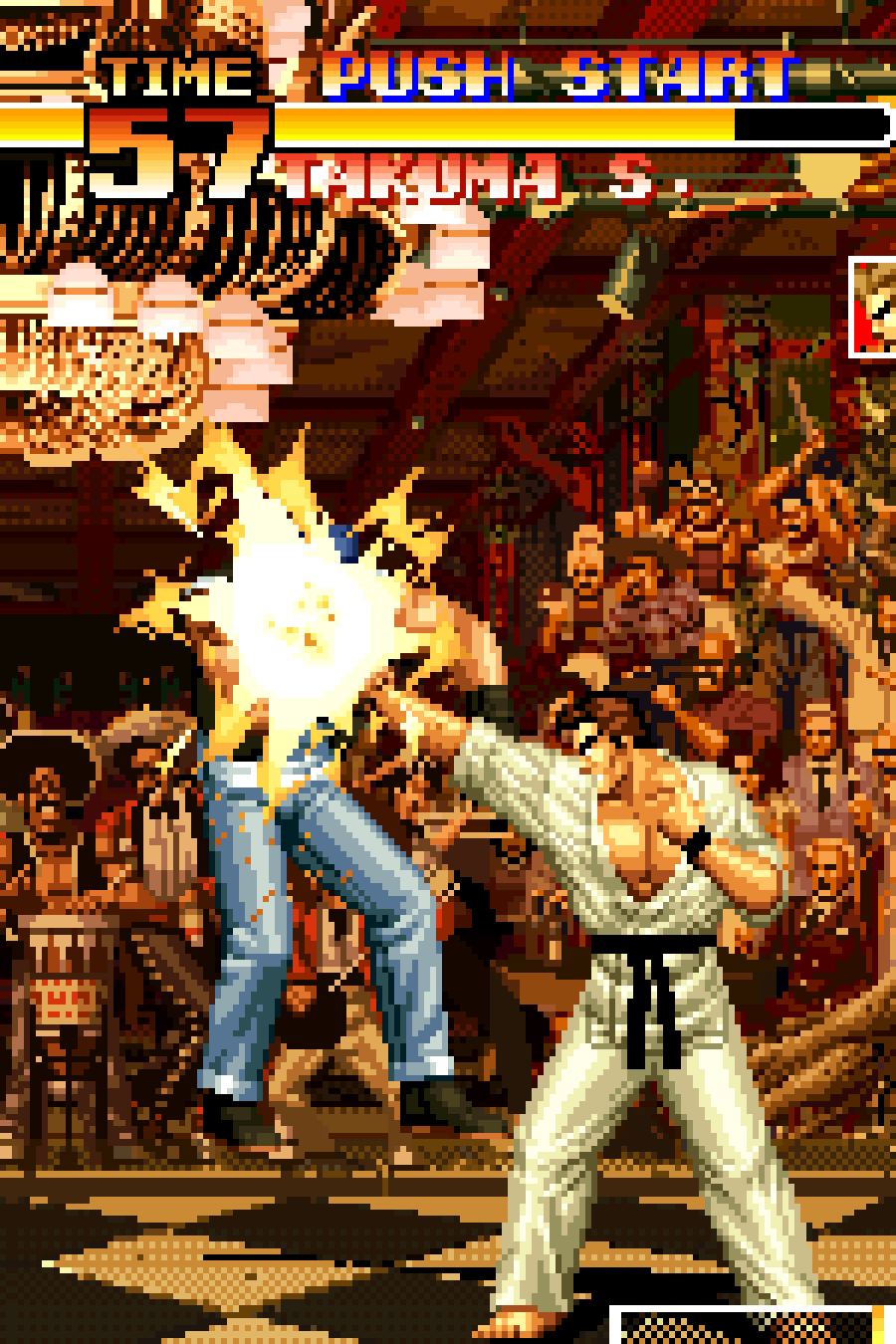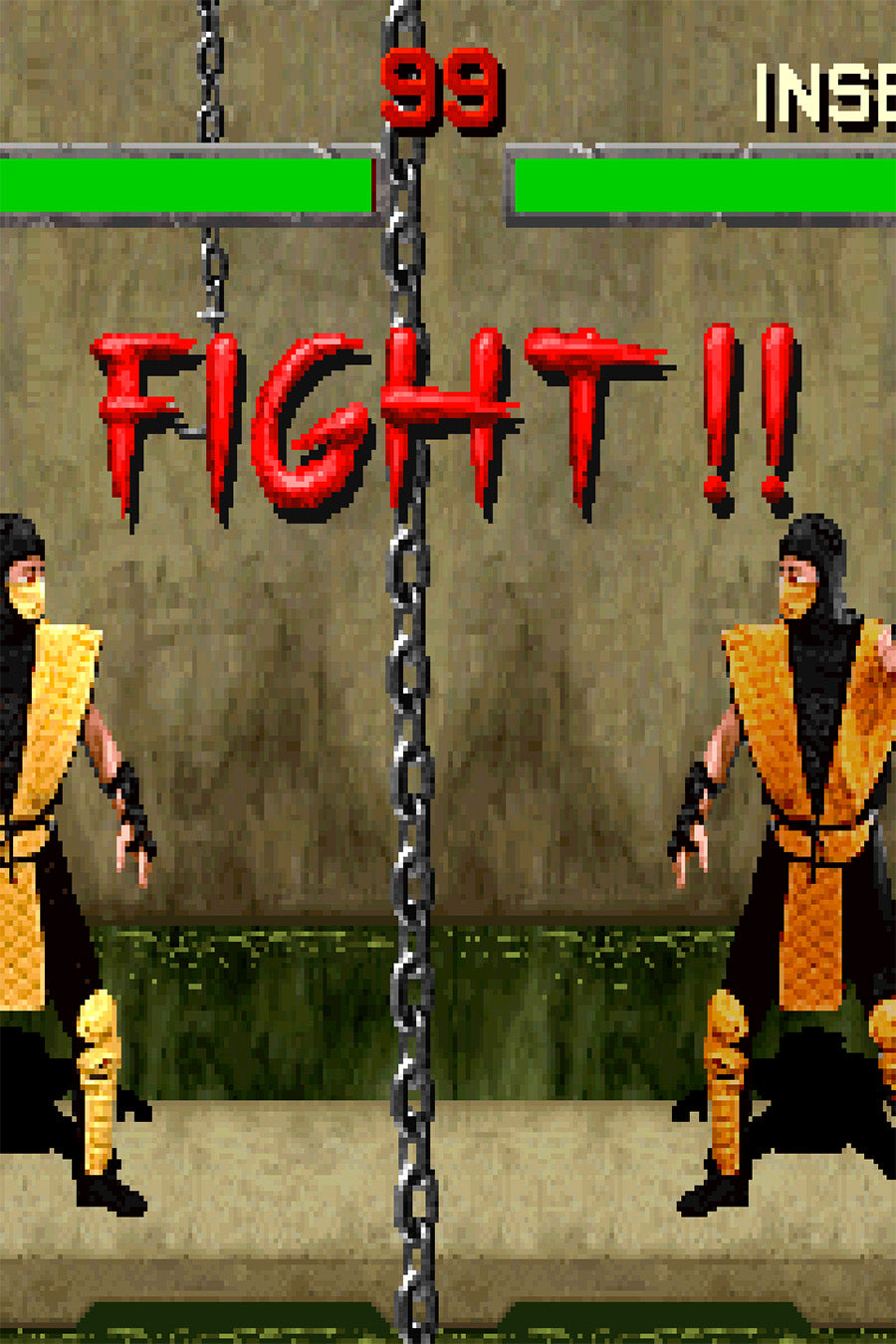Introduction
Arcades weren’t just about the games—they were battlegrounds for the biggest companies in gaming history. From the 1970s to the 1990s, arcade giants like Atari, Namco, Sega, Midway, and Capcom engaged in fierce competition, pushing the boundaries of technology, gameplay, and innovation. These rivalries not only shaped the arcade industry but also influenced modern gaming. In this article, we’ll break down the most legendary arcade rivalries and how they defined an era.
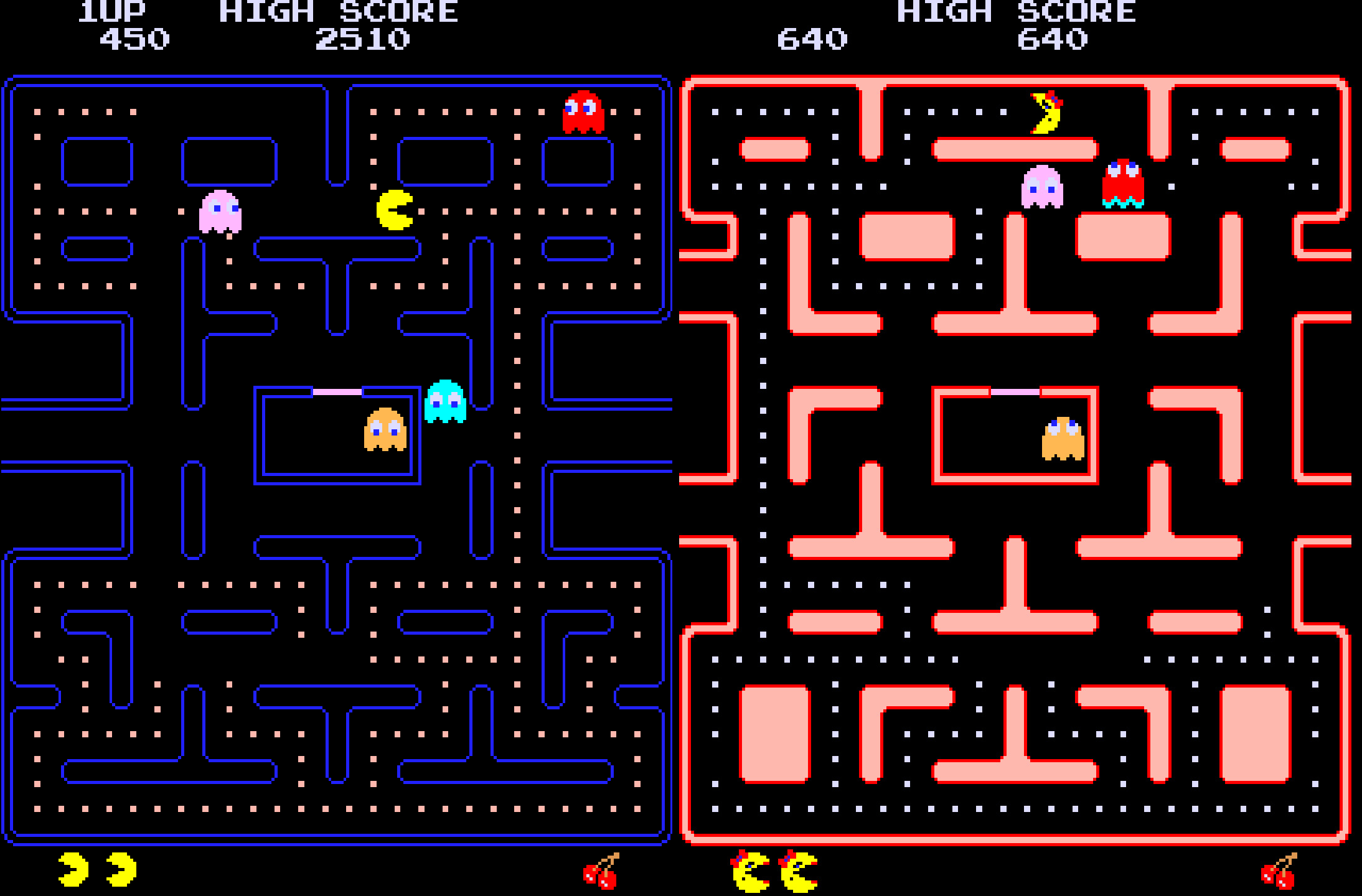
Atari vs. Taito (The Birth of Arcades: 1970s)
The arcade industry as we know it began with the rivalry between Atari and Taito. Atari, founded by Nolan Bushnell, launched Pong in 1972, revolutionizing video gaming. However, Taito struck back in 1978 with Space Invaders, a game so popular it led to a global arcade boom.
- Pong (1972) – Atari’s first commercially successful arcade game.
- Space Invaders (1978) – Taito’s shooter became a cultural phenomenon, generating billions in quarters.
- Impact: Space Invaders proved that arcades were more than just a fad, solidifying video gaming as an industry.
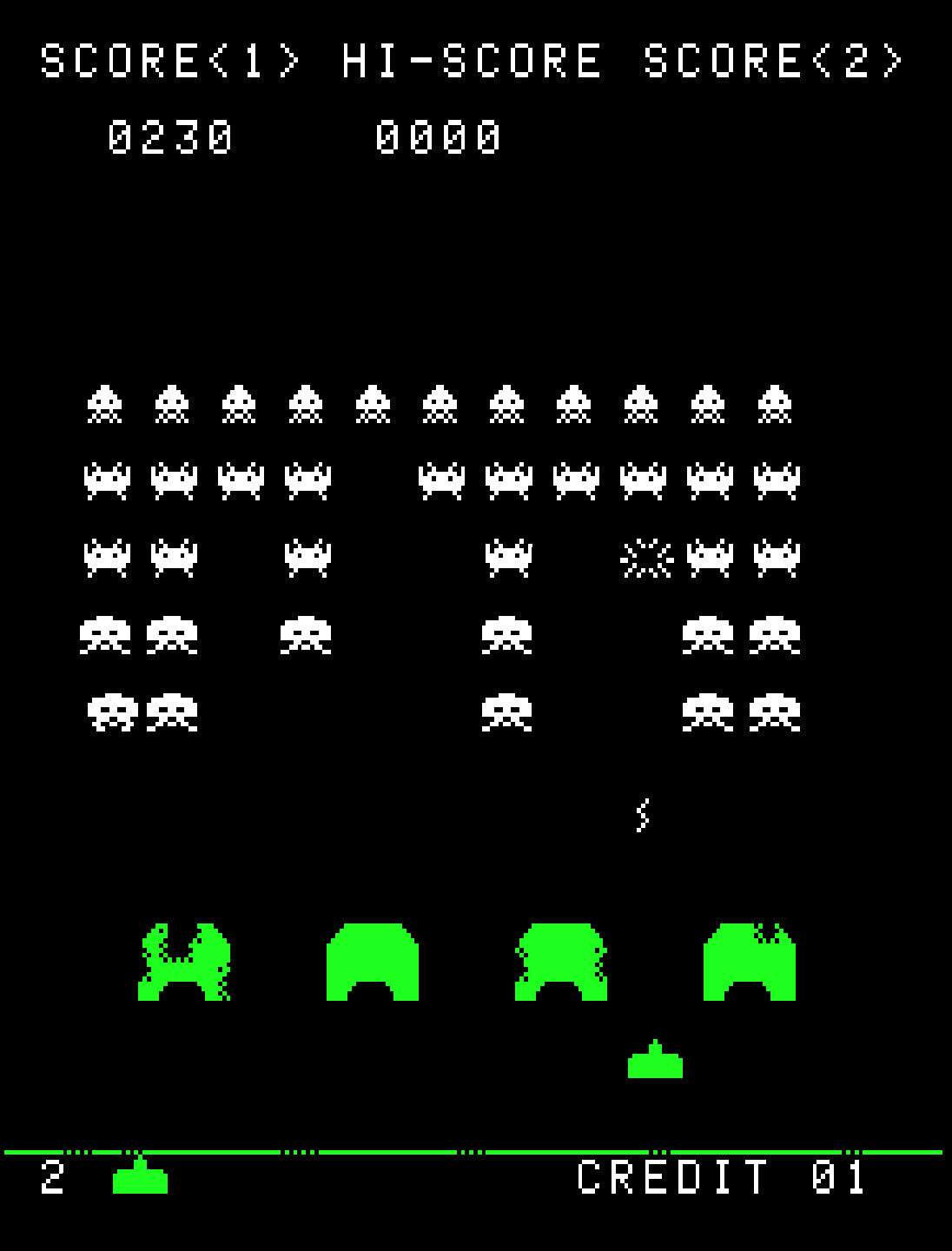
Midway vs. Namco (Pac-Man Fever & The Race for the Top: Early 1980s)
The early 80s saw Midway and Namco fighting for arcade supremacy. Namco developed Pac-Man (1980), but it was Midway, the U.S. distributor, that helped turn it into a global sensation. As Pac-Man fever swept the world, Midway sought to capitalize on its success by creating an unofficial sequel, Ms. Pac-Man (1982). According to Steve Golson, one of the developers behind the game, "Crazy Otto, which became Ms. Pac-Man, sold 130,000 in the United States – the biggest build of any arcade game." This massive success made Ms. Pac-Man an even bigger hit than the original in the U.S., cementing Midway's role in shaping the Pac-Man legacy.
Meanwhile, Midway expanded its reach by developing other arcade hits, including Tron (1982), which leveraged movie tie-ins to bring fresh arcade experiences to players.
Key Games of the Rivalry:
- Pac-Man (1980) – Namco’s legendary maze-chase game, which became an icon.
- Ms. Pac-Man (1982) – Midway’s unofficial sequel that became a bigger hit in the U.S.
- Tron (1982) – Midway capitalized on movie tie-ins to bring fresh arcade experiences.
- Impact: The rivalry between Midway and Namco set the foundation for arcade brand recognition and global licensing deals.
Sega vs. Nintendo (The 80s Battle for Innovation)
While most know Sega and Nintendo for their console wars, their rivalry started in the arcades. Throughout the 80s, both companies pioneered new arcade experiences, introducing groundbreaking technology and unique gameplay mechanics. According to a BBC analysis of the competition, Sega positioned itself as the edgier, more innovative challenger to Nintendo’s dominance, setting the stage for a rivalry that would extend beyond arcades into home gaming.
Key Games of the Rivalry:
- Donkey Kong (1981) – Nintendo’s breakout hit, introducing Mario to the world.
- Zaxxon (1982) – Sega’s first isometric shooter, featuring pseudo-3D graphics.
- Hang-On (1985) – Sega introduced motion-controlled cabinets for immersive racing.
- Punch-Out!! (1984) – Nintendo revolutionized boxing games with dual-screen cabinets.
- Impact: The Sega-Nintendo rivalry pushed technological innovation in arcade hardware and gameplay.
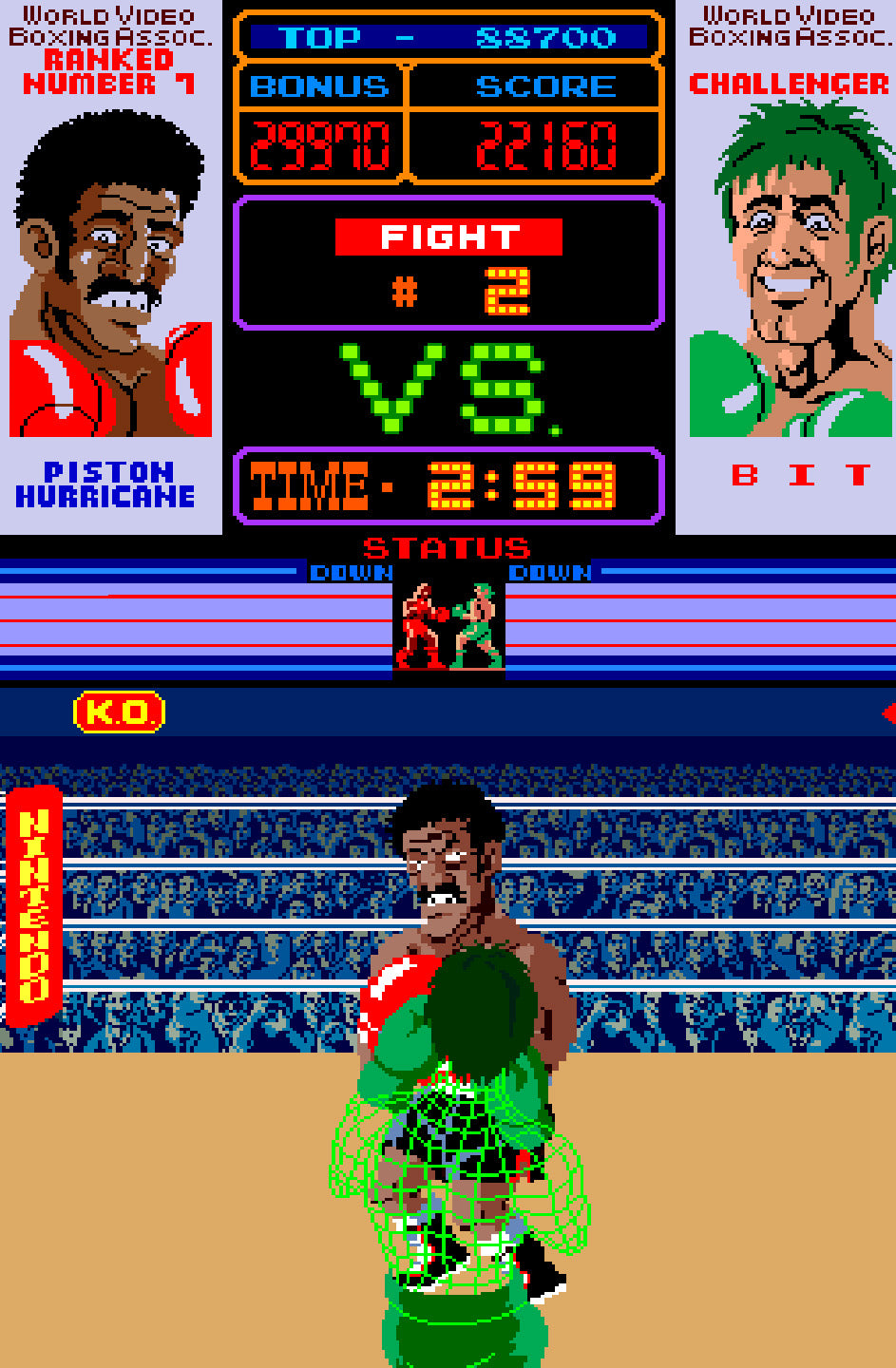
Capcom vs. SNK (Fighting Game Wars of the 1990s)
By the 90s, fighting games dominated arcades, and no rivalry was more intense than Capcom vs. SNK. Capcom revolutionized the genre with Street Fighter II (1991), directly responding to the growing popularity of competitive arcade play. According to Capcom developer Noritaka Nishitani:
"The request we got was that people were into the Vs fighting of SF1, even overseas, so make a Vs game to keep that idea going."
This push toward Vs. fighting mechanics led SNK to counter with Fatal Fury (1991) and The King of Fighters (1994), igniting a fierce arcade rivalry.
Key Games of the Rivalry:
- Street Fighter II (1991) – Capcom defined competitive fighting games, spawning tournaments worldwide.
- Fatal Fury (1991) – SNK’s response, featuring more cinematic combat mechanics.
- The King of Fighters (1994) – SNK popularized team-based fighting games.
- Marvel vs. Capcom (1996) – Capcom’s crossover brawler took fighting games to new heights.
- Impact: Their rivalry fueled the competitive arcade scene, leading to the rise of esports-style tournaments.
Midway vs. Capcom (Mortal Kombat vs. Street Fighter: The Bloodiest Rivalry)
If Capcom vs. SNK was about gameplay depth, Midway vs. Capcom was about brutality and controversy. Midway’s Mortal Kombat (1992) introduced ultra-violent fatalities, directly challenging Capcom’s Street Fighter II.
- Street Fighter II (1991) – Capcom’s game was technical, balanced, and competitive.
- Mortal Kombat (1992) – Midway went for shock value, using digitized actors and finishing moves.
- Mortal Kombat II (1993) – Midway doubled down on gore, while Capcom expanded Street Fighter.
- Impact: This rivalry sparked moral debates, leading to the creation of the ESRB rating system.
Sega vs. Namco (3D Arcade Wars of the 90s)
In the mid-90s, Sega and Namco fought to bring arcades into the 3D era. Both companies pushed polygonal graphics to new heights with their respective racing and fighting games.
- Virtua Fighter (1993) – Sega’s groundbreaking 3D fighter, using motion capture.
- Tekken (1994) – Namco’s response, offering faster, more combo-based combat.
- Daytona USA (1994) – Sega dominated racing, using high-speed physics.
- Ridge Racer (1993) – Namco’s counter to Sega’s arcade racing dominance.
- Impact: This rivalry helped arcades survive the rise of home consoles, proving that cutting-edge graphics could still attract players.
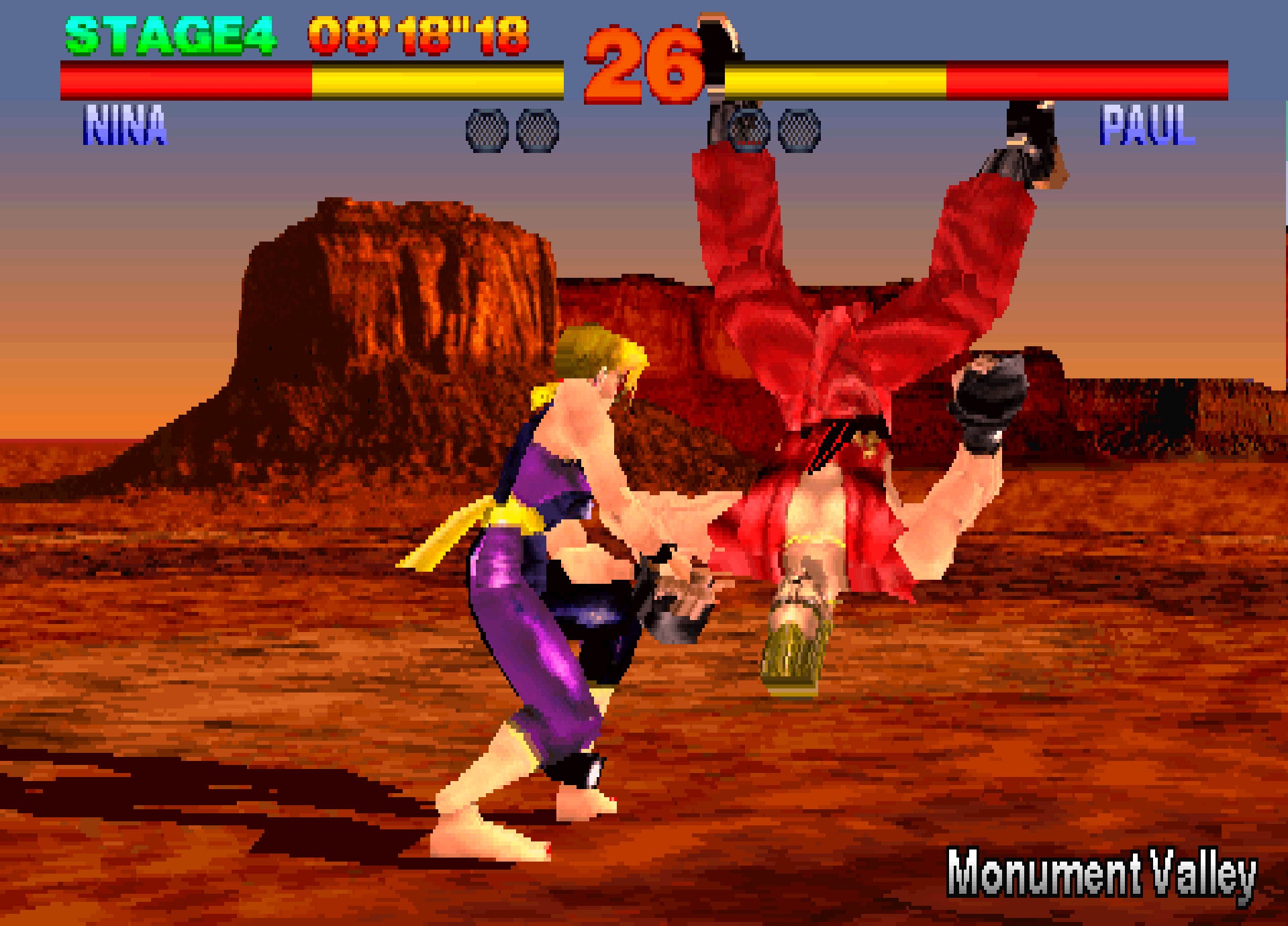
Conclusion: The Rivalries That Defined an Industry
The greatest arcade rivalries weren’t just corporate battles—they shaped the future of gaming. These companies pushed each other to innovate, creating experiences that are still celebrated today. While arcades may not dominate like they once did, their impact lives on in modern consoles, esports, and retro gaming culture.
Primary Sources
- Nintendo's official History Page
- Atari's official history page
- SEGA's history page
- Ms. Pac-Man developer interview.
- Capcom's developer interview
- SNK official company page
- Electronic Games Magazine (Winter Issue 1981), (Issue March 1982) (Issue January 1983), (Issue January 1984)
- Kent, Steven L.The Ultimate History of Video Games: From Pong to Pokémon—The Story Behind the Craze That Touched Our Lives and Changed the World. Three Rivers Press, 2001.
